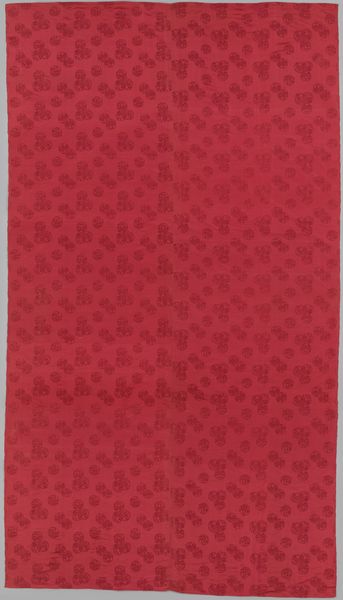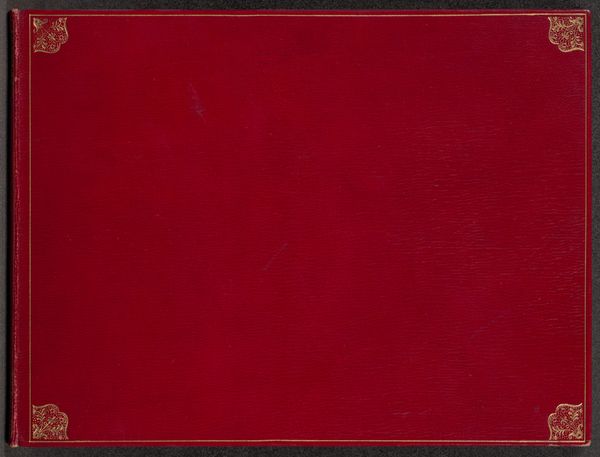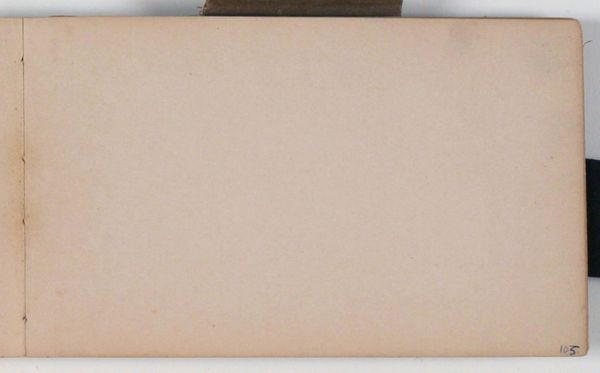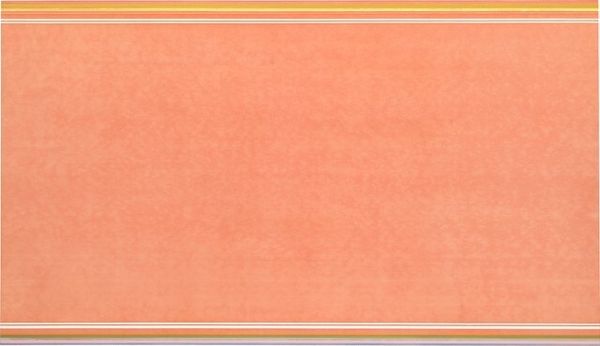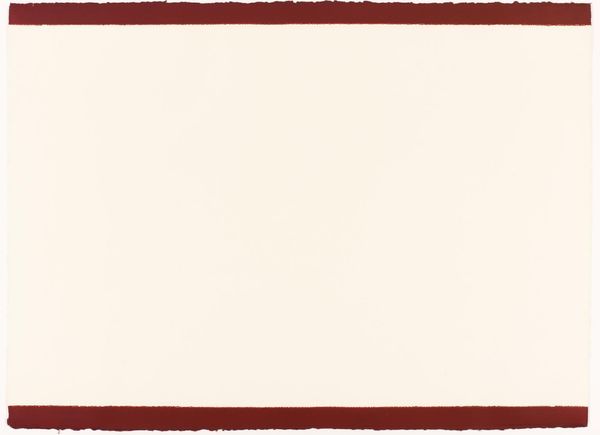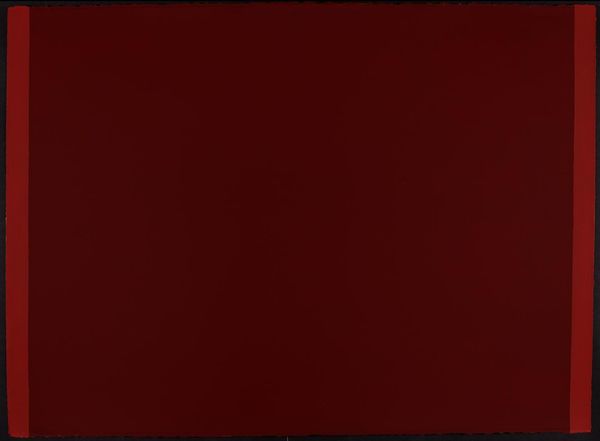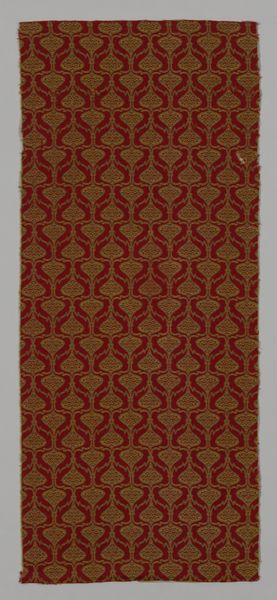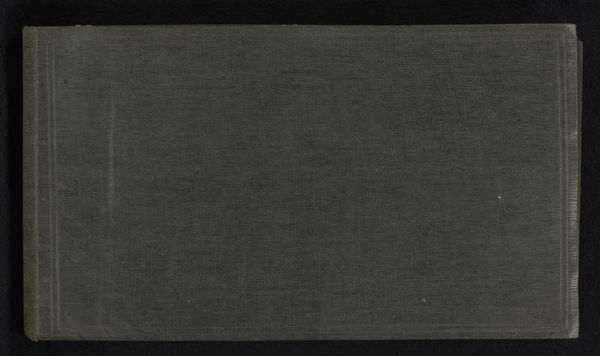
Copyright: National Gallery of Art: CC0 1.0
Here we have Andy Warhol's “Little Red Book.” It's an object that asks us to consider the convergence of identity, politics, and personal narrative. In the 1960s, a period marked by intense ideological clashes, "Quotations from Chairman Mao Tse-tung," known as the "Little Red Book," became a symbol of communist China. Warhol, an artist deeply attuned to the cultural pulse, appropriates this symbol, turning it into something deeply personal. Was it a commentary on the commodification of political ideologies, or a reflection of his own complex relationship with fame and consumer culture? Consider Warhol's background as a queer artist navigating a heteronormative world. The "Little Red Book," in this context, can be seen as a subversive act, a way of appropriating and queering dominant narratives. Warhol once said, “If you want to know all about Andy Warhol, just look at the surface of my paintings and films and me, there I am. There's nothing behind it.” But maybe, sometimes, what’s on the surface is a mask. This work prompts us to reflect on the stories we tell ourselves and the world, and on the power of art to disrupt, to provoke, and to reveal hidden truths.
Comments
No comments
Be the first to comment and join the conversation on the ultimate creative platform.
